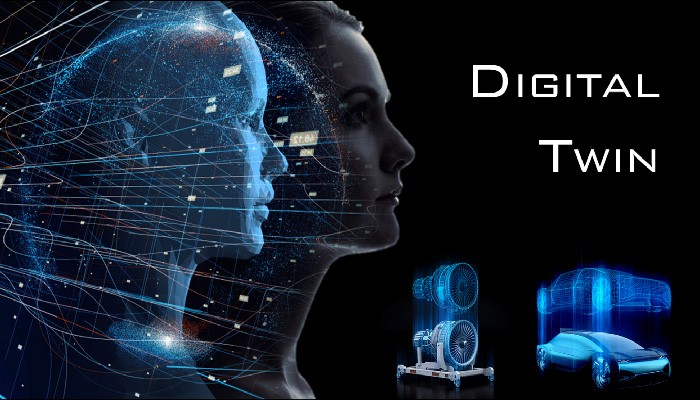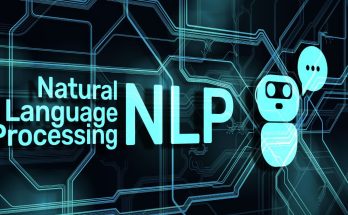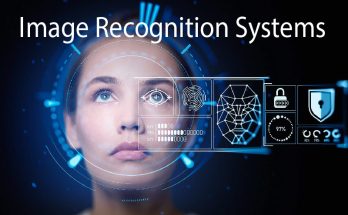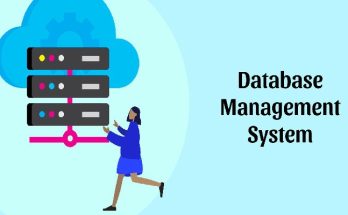Introduction to Digital Twin Technology
Step into the fascinating world of Digital Twin Technology, a cutting-edge innovation that is revolutionizing industries across the globe. Imagine having a virtual replica or twin of physical assets, processes, or systems that can provide real-time insights and analytics to optimize performance and efficiency. In this blog post, we will explore the applications, benefits, challenges, and future trends of Digital Twin Technology. Let’s dive in!
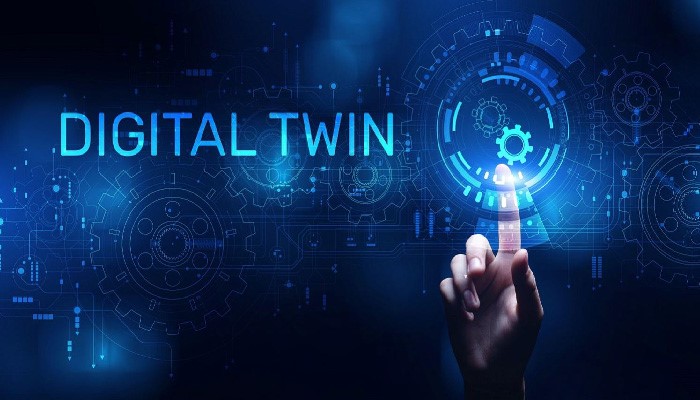
How Does Digital Twin Technology Work?
Digital twin technology works by creating a virtual representation of a physical object or system. This digital replica is equipped with sensors that collect real-time data, allowing for monitoring and analysis. The data collected from the physical object is then mirrored in the digital twin, providing insights into its performance and behavior.
Through advanced analytics and machine learning algorithms, digital twins can simulate various scenarios and predict potential issues before they occur in the physical world. By leveraging historical data and predictive modeling, organizations can optimize operations, improve efficiency, and make informed decisions based on accurate information.
Furthermore, digital twins enable remote access to monitor equipment health, perform maintenance tasks proactively, and even test different strategies without disrupting actual operations. This technology bridges the gap between the physical and digital realms, offering a powerful tool for industries such as manufacturing, healthcare, transportation, and more.
Real-World Applications of Digital Twin Technology
Digital twin technology is revolutionizing various industries with its practical applications. In manufacturing, companies are using digital twins to monitor equipment performance in real-time and predict maintenance needs accurately. This proactive approach minimizes downtime and reduces overall operational costs.
In the healthcare sector, digital twins are being utilized to create personalized treatment plans for patients by simulating their unique physiological characteristics. This enables doctors to optimize care and improve patient outcomes significantly.
Smart cities are leveraging digital twins to model urban infrastructure like transportation systems and energy grids. By analyzing data from sensors embedded throughout the city, officials can make informed decisions to enhance efficiency and sustainability.
Even in the field of agriculture, digital twins are helping farmers increase crop yields by monitoring soil conditions, weather patterns, and crop health remotely. This data-driven approach allows for precise resource allocation leading to improved agricultural productivity.
Benefits of Using Digital Twin Technology
Digital Twin Technology offers a wide range of benefits across various industries. One key advantage is the ability to simulate real-world scenarios in a virtual environment, allowing for testing and optimization before implementing changes in the physical world. This can lead to cost savings, increased efficiency, and reduced downtime.
Another benefit is improved decision-making based on real-time data from the digital twin. By monitoring performance metrics and analyzing trends, businesses can make informed decisions quickly and accurately. Additionally, predictive maintenance enabled by digital twins helps prevent equipment failures before they occur, saving time and money on repairs.
Furthermore, digital twins facilitate collaboration among teams by providing a common platform for sharing information and insights. This enhanced communication leads to better coordination and problem-solving across departments. The benefits of using Digital Twin Technology are vast and continue to drive innovation in numerous sectors.
Challenges and Limitations of Digital Twin Technology
While Digital Twin Technology offers numerous benefits, it also comes with its fair share of challenges and limitations. One key challenge is the complexity of integrating various data sources into a cohesive digital twin model. Ensuring real-time synchronization and accuracy across all connected systems can be daunting.
Another limitation is the potential for cybersecurity threats as more devices become interconnected through digital twins. Safeguarding sensitive data and preventing unauthorized access are critical considerations in implementing this technology.
Moreover, scalability can pose a challenge as organizations expand their operations and need to maintain multiple digital twin models simultaneously. Managing the resources required to support these intricate virtual replicas can strain IT infrastructure.
Additionally, there may be resistance from employees accustomed to traditional methods who may find it challenging to adapt to new processes driven by digital twins. Change management strategies are essential for successful implementation amidst organizational dynamics.
Future of Digital Twin Technology
As we look ahead to the future of digital twin technology, the possibilities seem endless. With advancements in AI, Internet of Things (IoT), and data analytics, digital twins are expected to become even more sophisticated and capable.
One exciting development is the integration of virtual reality and augmented reality technologies with digital twins. This will allow users to interact with and visualize their digital replicas in immersive ways, enhancing decision-making processes.
Furthermore, as more industries adopt digital twin technology, we can anticipate a rise in cross-industry collaboration and innovation. Digital twins have the potential to break down silos between sectors by providing a common platform for shared insights and problem-solving.
In addition, the use of predictive analytics within digital twins is forecasted to improve significantly. By leveraging historical data along with real-time information, organizations can better predict future outcomes and optimize operations proactively. The future of digital twin technology holds immense promise for driving efficiency, innovation, and collaboration across various industries.
Recommendations for Implementing Digital Twin Technology
Digital twin technology has undoubtedly revolutionized various industries by providing a virtual replica of physical assets and processes. The ability to monitor, analyze, and optimize in real-time through digital twins offers immense potential for organizations looking to enhance efficiency and decision-making.
As companies continue to adopt this innovative technology, it is crucial to consider some key recommendations for successful implementation:
- **Define Clear Objectives**: Clearly outline the goals you aim to achieve with digital twin technology. Whether it’s improving operational performance, predictive maintenance, or product development, having defined objectives will guide your implementation strategy.
- **Invest in Data Quality**: High-quality data is the foundation of an effective digital twin. Ensure that the data being fed into the system is accurate, relevant, and up-to-date to derive meaningful insights.
- **Collaborate Across Teams**: Digital twin projects often require collaboration across different departments such as IT, operations, engineering, and data analytics. Foster a culture of collaboration to maximize the benefits of digital twins.
- **Ensure Scalability**: Consider scalability when implementing digital twin technology. As your organization grows or introduces new assets/processes into the system, ensure that your digital twins can scale accordingly.
- **Prioritize Security**: With sensitive data being collected and analyzed through digital twins, prioritize cybersecurity measures to protect against potential threats or breaches.
By following these recommendations and leveraging the capabilities of digital twin technology effectively within your organization’s operations, you can unlock unprecedented insights leading to improved efficiency and competitive advantage in today’s rapidly evolving business landscape.
Conclusion:
Digital twin technology has undoubtedly revolutionized various industries by providing a virtual replica of physical assets and processes. The ability to monitor, analyze, and optimize in real-time through digital twins offers immense potential for organizations looking to enhance efficiency and decision-making.
